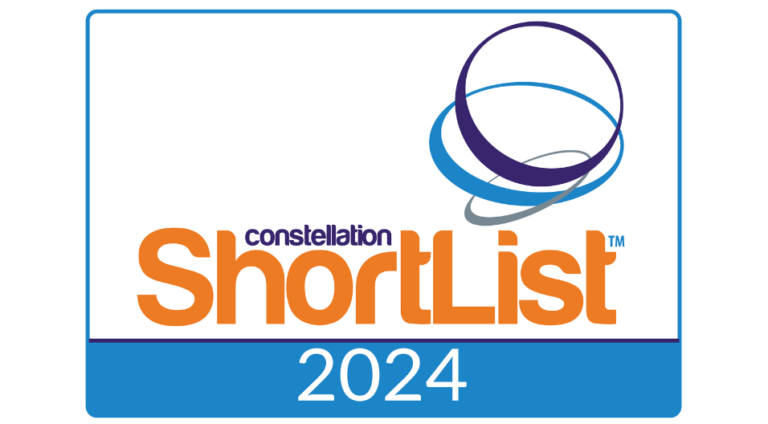Healthcare providers across the continuum have a considerable stake in understanding the reasons for hospital readmissions. When a patient has been readmitted, the initial concern is that someone failed to do their job. However, a hospitalization does not necessarily reflect poor quality of care or even that a mistake was made.
With hospitalization rates being a key quality metric for many home health agencies, it is imperative for agencies to proactively find ways to improve outcomes with scalable processes that engage the patient in their care. However, first, they must understand why their patients are going back to the hospital to truly make an impact on their rates.
Rehospitalizations can be a challenge for any home health agency. Therefore organizations must perform a root cause analysis and take steps towards improvement.
Three factors that may be influencing your hospitalization rates include language barriers, care environment, and medication management. Diving deeper into these three challenges can help home health agencies understand how to address the unique needs of their patient census and improve outcomes:
1. Language & Literacy Barriers
Miscommunication in the healthcare industry can be life-threatening. If a patient has a difficult time understanding their providers due to a language or literacy barrier, they will find it equally as challenging to understand care instructions. To address this challenge, home health staff should employ things like the teach-back method to ensure patient comprehension.
2. Healing Environment
- Hospitals are designed with patient safety in mind. However, when a patient is receiving home health services, their home is now the primary location to receive care. Typically, a patient will not have the time, or the resources, to transform their homes into an optimal healing environment. Patients may find their home presents new risks, such as fall hazards and access difficulties. As their care providers, agencies should work to identify threatening situations and create a plan to eliminate risks.
3. Poor Medication Management
-
- Studies show
over 30% of hospital admissions
- in the elderly population is due to lack of medication management. Whether patients do not understand medication instructions or fail to remember to take their medication, adverse drug events are resulting in readmissions. Home health providers should take the opportunity to regulate medications and provide reminders that minimize potential adverse events.
Home health agencies are a critical part of the care continuum and play an essential role in reducing costs by preventing rehospitalizations. By understanding the various factors that can lead to rehospitalizations, agencies are well-positioned to be a worthwhile partner for their hospital referral partners by improving patient outcomes and reducing readmissions.
To perform a root cause analysis of readmission rates, agencies can perform regular chart reviews, perform proactive outreach, or perform in-home surveys to identify the leading causes of readmissions for their agency’s census. While there are many strategies to effectively reduce home health readmission rates, finding the reasons why they happen in the first place will be the key to success.
– – – – – – – – – – – – – – – – – – – – – – – – – – – – – – – – – – – – – – – – – – – – – – – – – – – – – – – – –
If you are interested in learning more about reducing readmissions, download this case study that explores how a Pennsylvania-based home health agency reduced their readmission rate by 16.3%.








